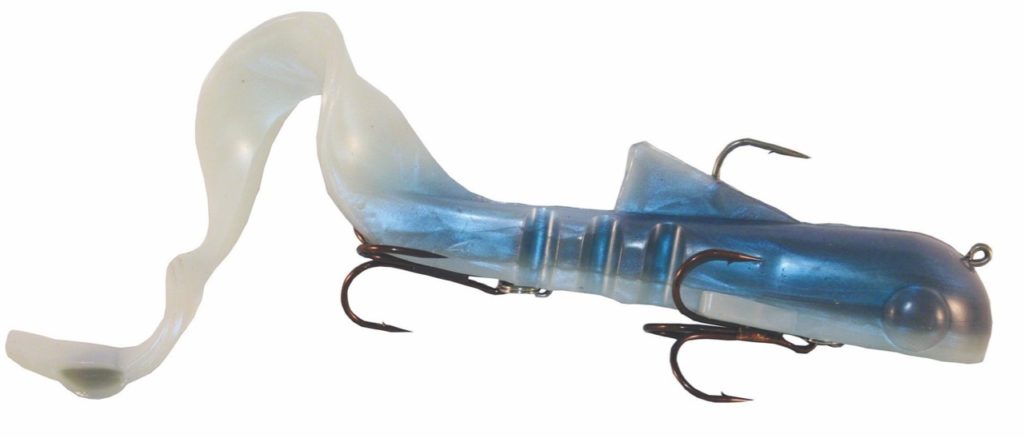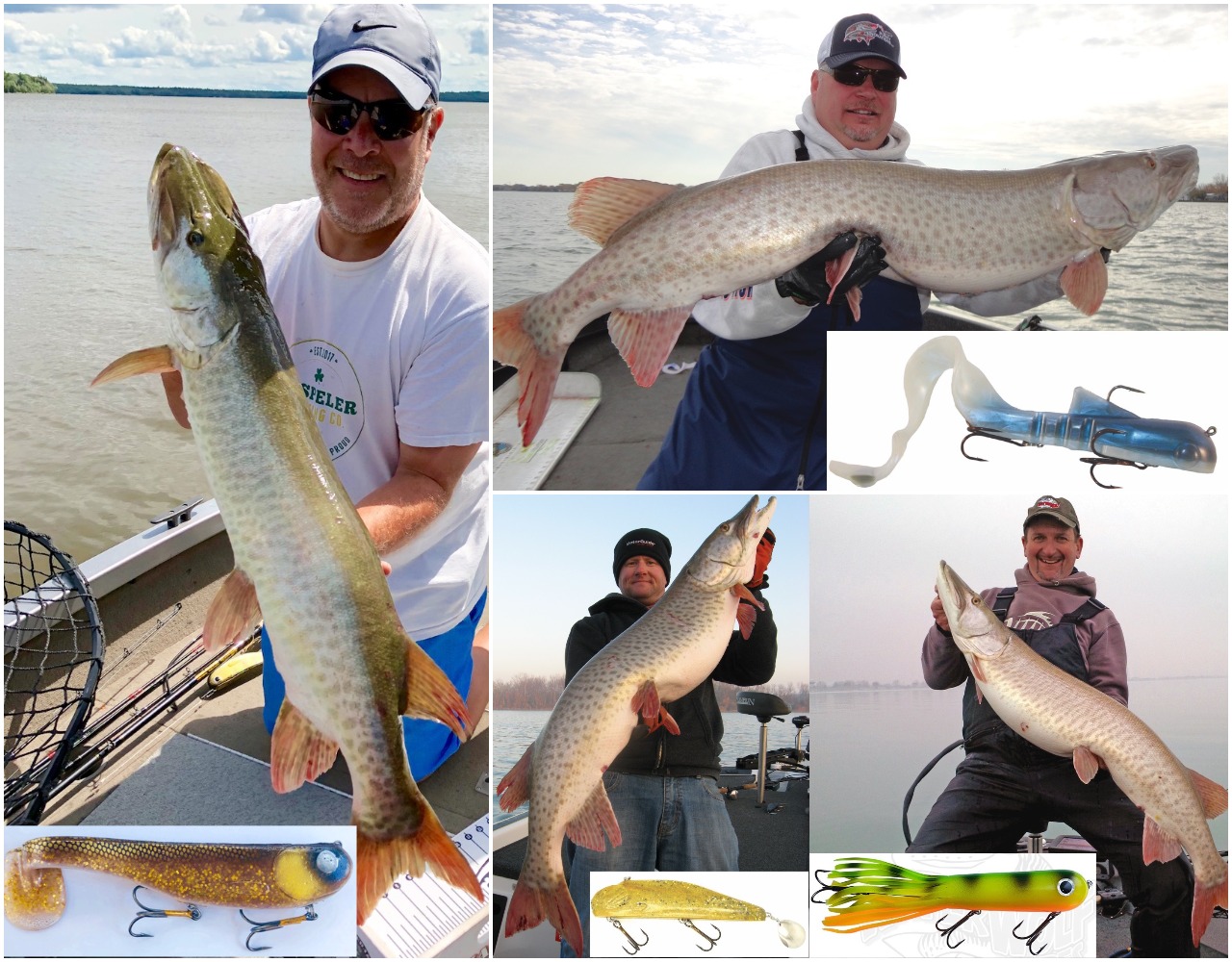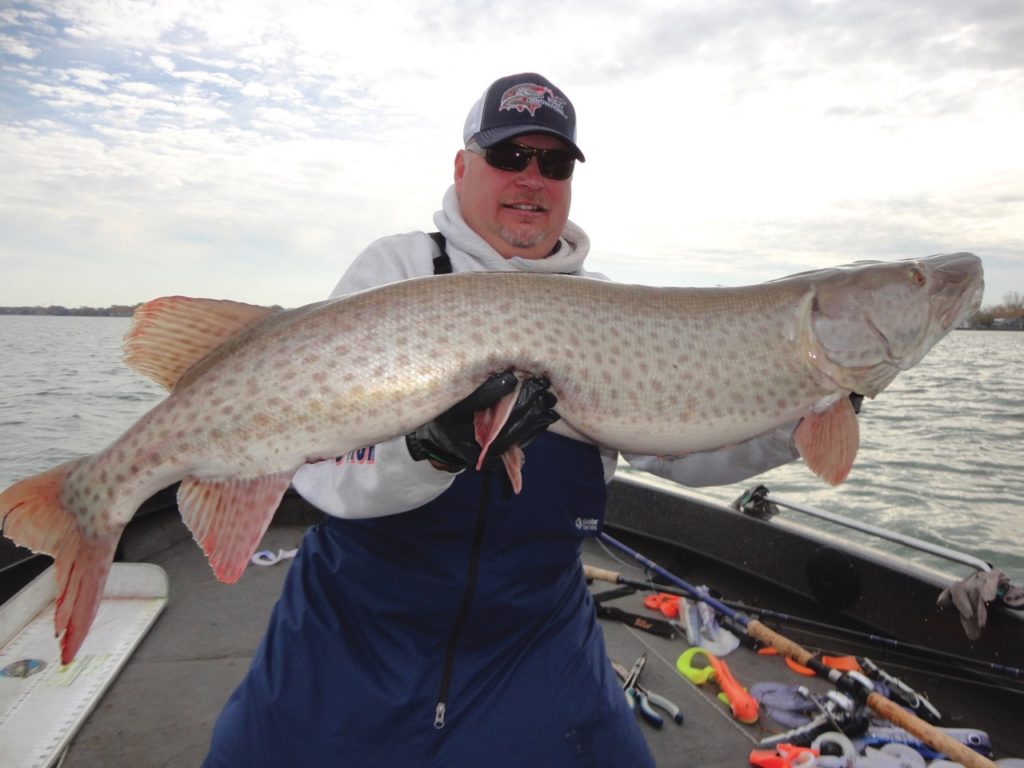Giant slayers
The makers of the top soft-plastics for muskies explain how best to fish them
Advertisement
Inventor Brad Ruh says there’s no wrong way to fish a Bull Dawg
Advertisement
BULL DAWG
It’s hard to pin down a specific bait that launched the soft-plastic muskie movement, but there’s little doubt the Bull Dawg from Wisconsin-based Musky Innovations was the first prominent lure to turn heads. “It was back in 1993,” says Brad Ruh (above), who invented the lure that almost every muskie hunter now carries in his or her tacklebox. “At the time, metal and wood baits didn’t have the flexing that soft-plastic offers, and I wanted a jerkbait with that kind of movement.”
Ruh, who produced six earlier iterations of the Dawg, confesses that none of them worked the way he had wanted. Then he added the signature sickle tail, and the bait came alive in the water. “I took it to a local lake with two other anglers,” he remembers. “I was in the middle of the boat and caught three fish and had a bunch of follows. My partners caught nothing.”
The Bull Dawg became such an outrageously effective bait in Ruh’s hands that he unintentionally forced muskie tournament organizers throughout the U.S. Midwest to change the rules. At the time, competitors were allowed to use two rods, so Ruh would cast out a Bull Dawg, let it fall to the bottom, lay down the rod and do the same thing with a second outfit. Then he would pick up the first rod and retrieve the bait, swimming and pumping it back to the boat. If he didn’t catch a fish, he would fire it back out, lay down the rod, and retrieve the second Dawg that had been lying on bottom. Ruh won so many events double-teaming his Bull Dawgs that tournament organizers began to stipulate that competitors could only have one bait in the water at a time. It didn’t matter, though—he kept winning most of the tournaments.
Advertisement

“There is no wrong way to fish a Bull Dawg,” Ruh says. “The key is to vary your retrieve depending on the water temperature. When the water is cold, slow down, make lengthier pulls and longer pauses.” If the water is warm, on the other hand, he says to hop and rip the bait quickly and erratically.
Water depth also comes into play. “I love fishing for open-water muskies, so I vary my retrieve speed to match the depth in which the fish are set up,” Ruh says. “I also use Dawgs when I find the fish on shallow structures, ripping the bait quickly to trigger bites.”
Advertisement
BONUS TIP: CHANGE UPS
When the best muskie anglers work a soft-plastic lure, their retrieves are never predictable or consistent. They’re always speeding up, slowing down and pulling their bait from one side to the other. Maximizing directional changes this way is one of the huge benefits you gain from using a long, eight- to 10-foot rod.


